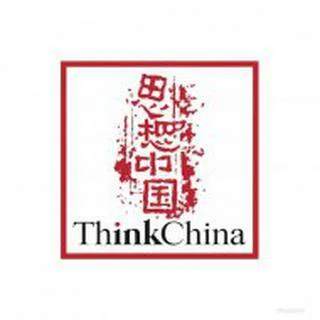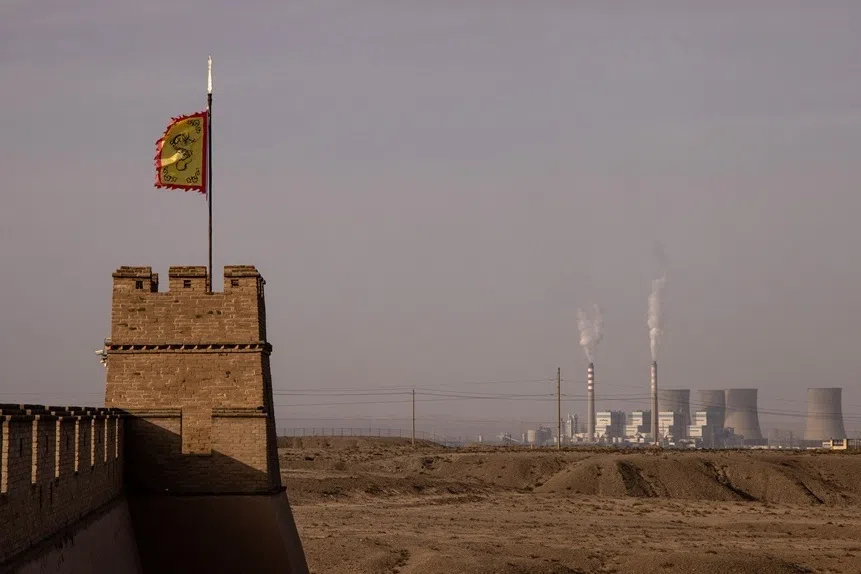Why Trump can shake America, but not break it
While US President Donald Trump has gone all out with his second term administration, there are still checks and balances in place to help keep the government machinery and the country running. Commentator Wei Da looks at the features of the US system that offer a glimmer of hope.
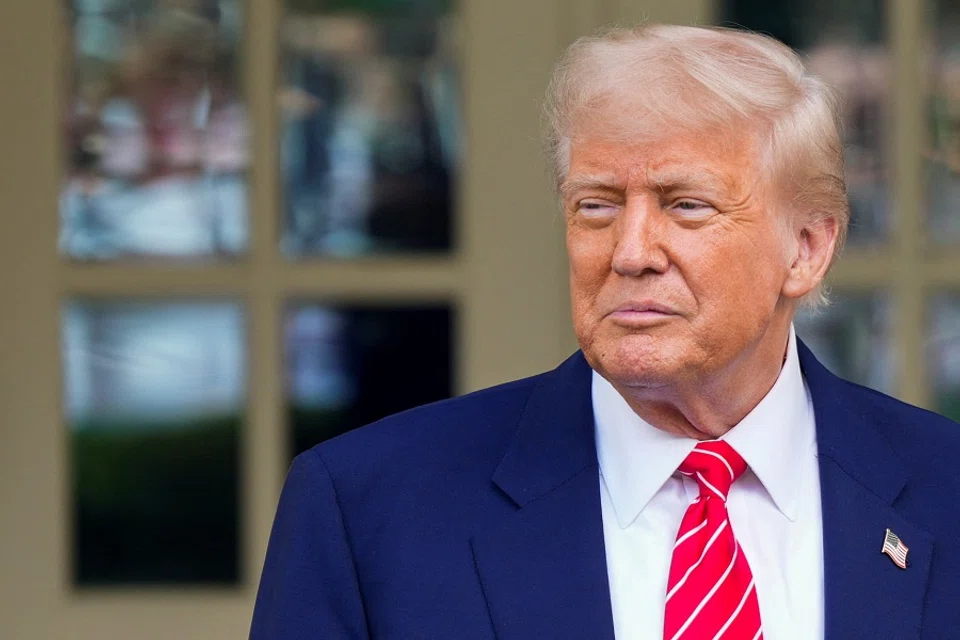
The first 100 days of the Trump administration has set off an administrative storm in America and across the globe, spanning everything from politics, the economy, trade, military affairs, culture, education, foreign relations, immigration, to government efficiency and spending. It has struck fiercely and rapidly in every direction with unprecedented force, leaving people dizzy and overwhelmed.
It is an “administrative storm” because, during this time, US President Donald Trump has absolutely broken through the limits of America’s traditional system of mutual checks and balances as embodied by the separation of legislative, executive and judicial powers. He has taken his executive authority to the extreme, signing 143 presidential executive orders in 100 days — more than the totals of 15 previous American presidents combined.
Trump’s challenge to the structural limits of the US democratic system means that he has frequently operated in legal grey areas, inevitably giving rise to policy missteps, abuses of power, violations of the law, and wrongful decisions. As a result, he has inevitably faced institutional and public pushback.
Currently, about one-third of the executive orders signed by Trump have been challenged through various judicial lawsuits, and his administration faces about 220 legal cases. In major cities across the US, there have been protests and demonstrations against Trump’s policies and actions.
With the legislative and judicial branches in the US largely unable to rein in the expansion of Trump’s executive power, the sources currently exerting real pressure on him are a host of so-called “indirect and extra-institutional” checks and balances...
Checks and balances
Looking at direct institutional checks and balances, Trump holds a significant advantage: his Republican Party controls the majority in both chambers of Congress, and the judges he appointed give him a numerical edge on the Supreme Court. This allows his administration to act unilaterally on its whims. The opposition, including the Democratic Party, struggles to mount an effective counterattack — while they can generate public outcry, they lack the means to take concrete action, such as proposing legislative vetoes or initiating impeachment proceedings.
Many federal and local judges have tried to put the brakes on some of Trump’s policies and actions, but the end results of these efforts remain uncertain.
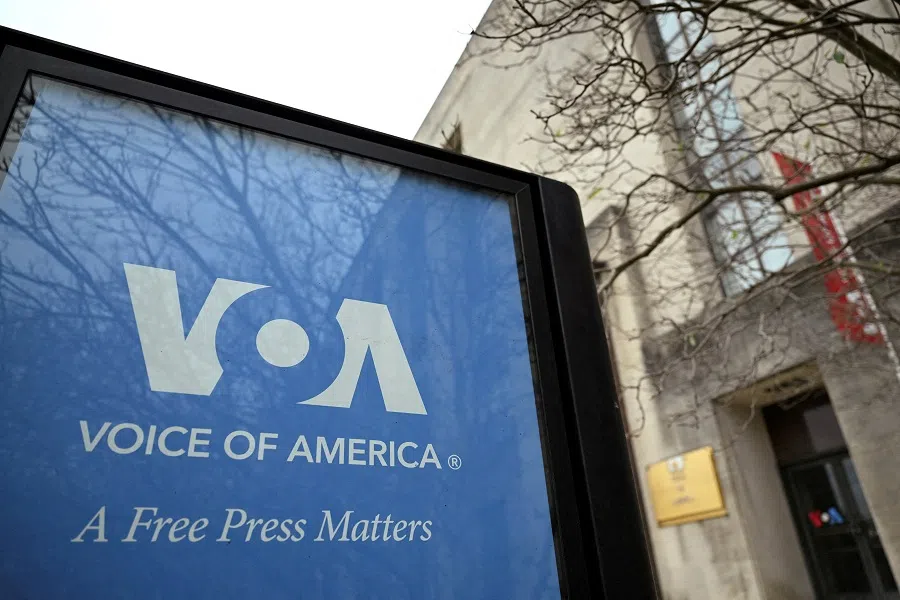
For example, some time ago, the Trump administration forcibly restructured Voice of America (VOA), ordering most employees to take paid leave. In response, employees launched a class-action lawsuit, and a US judge ruled that the Trump administration could not dissolve VOA and must immediately restore its operations, allowing staff to return to work. However, the Trump administration quickly filed a countersuit against the judge’s ruling, leaving VOA’s fate in limbo.
With the legislative and judicial branches in the US largely unable to rein in the expansion of Trump’s executive power, the sources currently exerting real pressure on him are a host of so-called “indirect and extra-institutional” checks and balances, such as market supply and demand, fluctuations in capital and stock values, inflation, supply chain shortages, public opinion polls, media scrutiny and criticism, diplomatic mediation from international allies, and counteractions from hostile forces.
It is precisely these factors that have coalesced into the main corrective force against Trump’s policies and actions, and they are beginning to have real effects. Take, for instance, the global reciprocal tariff war initiated by Trump on 2 April: it triggered an international outcry. Rather than feeling empowered, the three major US financial markets — stocks, bonds and currency — reacted with panic, sensing impending disaster. While Trump could afford to escalate a trade war with China alone, he was in no position to wage simultaneous trade wars against the entire world.
By 9 April, he was forced into a dramatic about-face, abruptly halting the tariff plan and postponing its implementation for 90 days, while initiating trade negotiations with other countries. Trump’s unilateralism bowed to market forces, averting a potentially catastrophic global crisis.
Another case in point is the persistent transparency and investigative reporting of the news media, which ultimately led to the first major personnel shake-up within Trump’s core decision-making circle...
Another case in point is the persistent transparency and investigative reporting of the news media, which ultimately led to the first major personnel shake-up within Trump’s core decision-making circle, as National Security Advisor Mike Waltz was forced to step down and was instead nominated to serve as the US Ambassador to the United Nations.
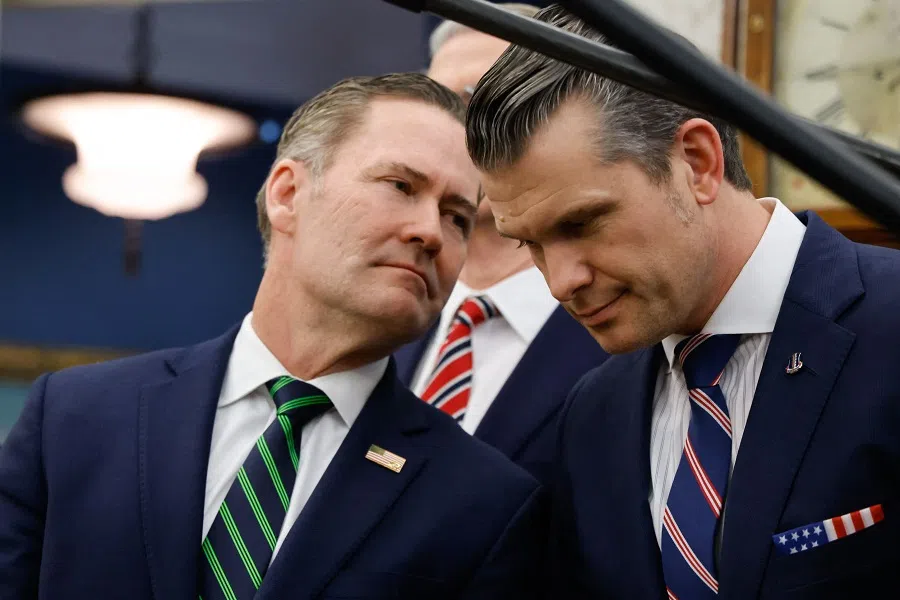
It all began when the media revealed that Waltz and several other senior national security officials — including the current Secretary of Defence and CIA Director — allegedly used social media to discuss major military plans and leak sensitive information, sparking widespread public attention and concern across American society.
Sacrificing Waltz to ease pressure around national security
As Trump completes his first 100 days in office, it is apparent that he has made little progress on national security issues. For example, during his election campaign, he had vowed to resolve the Russia-Ukraine war within 24 hours (later revised to 100 days), but his erratic and morally ambiguous approach has yielded no results — Russia and Putin have completely rejected any ceasefire or truce.
On the Middle East front, he has used both threats and inducements toward Hamas, even breaking with the longstanding US policy of not negotiating with terrorists by engaging directly with the group. Yet to date, the hostage crisis remains unresolved, and the Gaza Strip is once again on the brink of renewed conflict.
The shadow of the social media scandal (“Signalgate”) mentioned earlier also looms over the US military strikes against the Houthis in Yemen.
While it may not be accurate to say that every mistake is held accountable, at the very least, there is evidence of recognising and correcting errors, adding a degree of optimism to the outlook for America’s future.
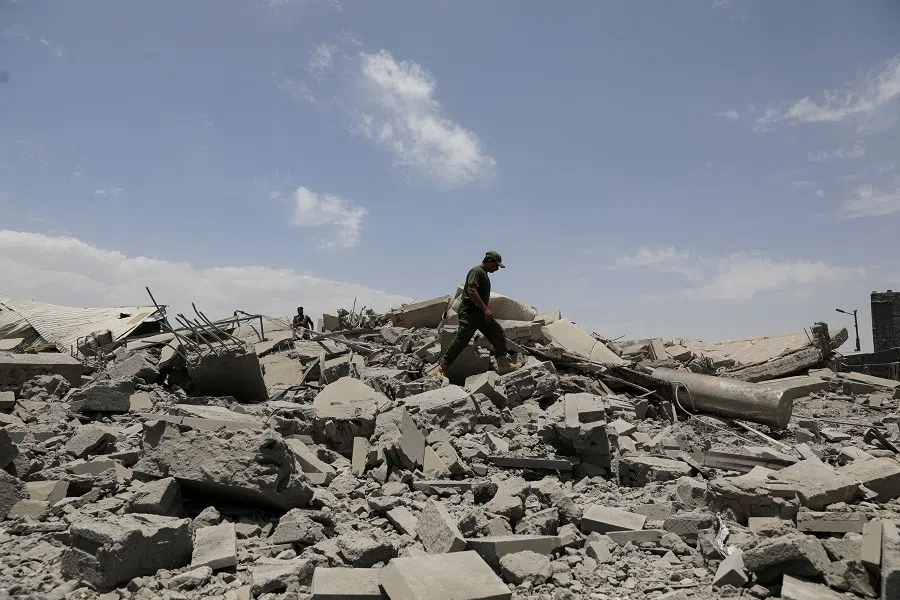
In this embarrassing situation, Trump had to hold someone accountable for the national security situation, while also easing public and media pressure to prevent a broader collapse among key officials and positions. As a result, he chose to sacrifice Waltz.
In his first term, Trump replaced four national security advisers, unlike former President Joe Biden, whose adviser, Jake Sullivan, completed his tenure. However, during Trump’s second term, despite revised job selection criteria emphasising loyalty and reliability, significant issues emerged within just 100 days.
Nevertheless, external checks and balances have proven capable of exerting a corrective effect on Trump. While it may not be accurate to say that every mistake is held accountable, at the very least, there is evidence of recognising and correcting errors, adding a degree of optimism to the outlook for America’s future.
Optimism for the future
As a businessman, Trump tends to prioritise interests over ideological convictions, which gives him a particular brand of flexibility and adaptability. At the same time, he is a strongman shaped by America’s democratic, legal, and free political system — not a hardline authoritarian who refuses to change course.
For instance, although he often expresses dissatisfaction and criticism toward media scrutiny, he generally remains willing to make his policies and actions public and transparent, and to communicate directly with the media and the American people.
It can be expected that after Trump’s 100-day “administrative storm”, various checks and balances will gradually come into play.
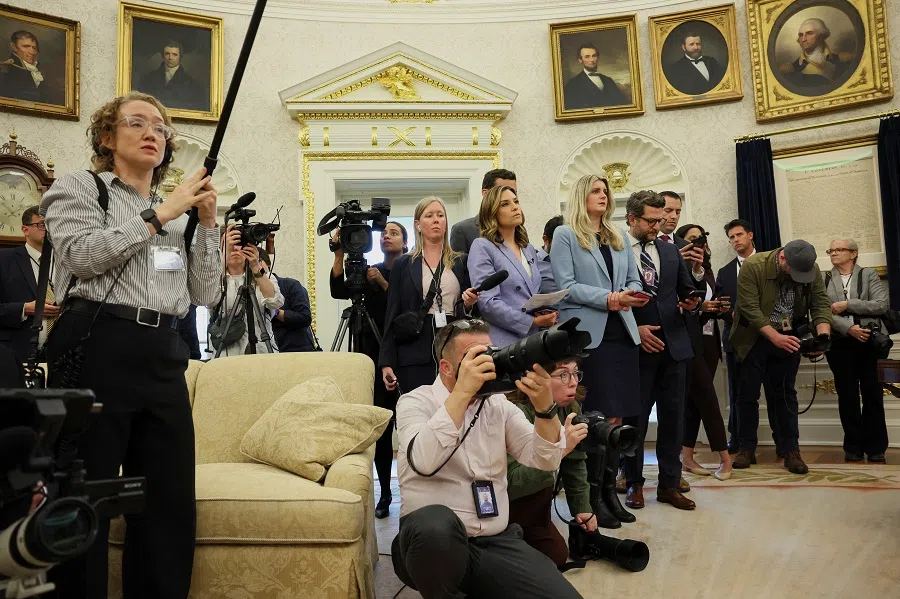
Why does all this add a degree of optimism to America’s future? Because the concern is not that a president like Trump might make mistakes — it is that he might refuse to correct them and remain stubbornly committed to the wrong course.
As long as the US system’s mechanisms for oversight and correction continue to function properly, the nation’s direction and development will be shaped by a collective effort rather than dominated by a single individual. This collective force serves to counterbalance and correct extremism, helping to prevent strategic or systemic errors and disasters. In essence, this reflects the true way and meaning of democratic governance.
It can be expected that after Trump’s 100-day “administrative storm”, various checks and balances will gradually come into play. The Trump administration’s policies and governance may enter a new phase of adjustment — a cooling down from the previous tempestuous intensity. Even if a complete 180-degree reversal is unlikely, we can anticipate a rational repositioning and recalibration of key policies and approaches.
This may include achieving significant progress in trade negotiations with other countries, a gradual breakthrough in the US-China trade war deadlock, a more lawful approach to handling illegal immigration, Elon Musk stepping back from the Department of Government Efficiency to return to his business ventures, and continued US support for Ukraine’s resistance against Russian aggression under a new strategic framework for mineral agreements.
Trump 2.0 may ultimately reaffirm a timeless truth: institutions, culture and the tide of history are all stronger than any one person. In the end, a nation that belongs to the people will continue to face challenges, grow stronger and move forward through the shared efforts and vigilance of its citizens.
This article was first published in Lianhe Zaobao as “特朗普政府的“纠错”能力及效应”.
